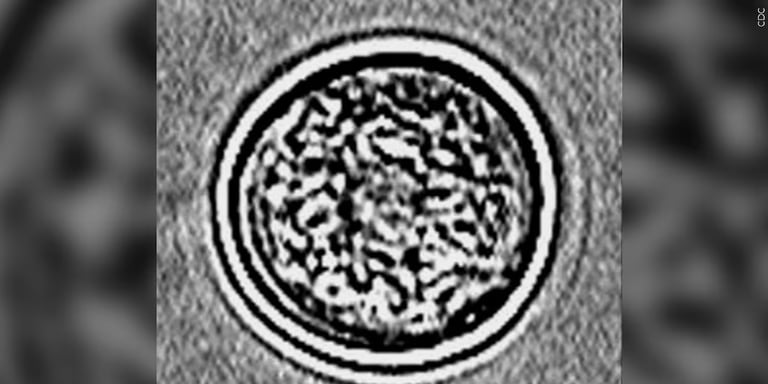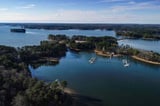Rare Brain-Eating Amoeba Case Sparks Caution in South Carolina After Lake Murray Exposure
July 22, 2025
Since the 1960s, over 97% of PAM cases in the U.S. have been fatal, with diagnosis being challenging due to the rarity of the disease.
Misinformation on social media about Naegleria fowleri is widespread, but health experts clarify that the amoeba cannot be contracted through ingestion or casual contact.
WIS News has contacted the CDC for further details, but no additional information has been released yet.
A confirmed case of the brain-eating amoeba, Naegleria fowleri, has been reported in South Carolina, raising awareness about this rare but deadly infection.
Medical professionals emphasize informing healthcare providers about freshwater exposure to facilitate quicker diagnosis, as the infection is difficult to detect and often confirmed post-mortem.
Parents are advised to recognize symptoms such as severe headache, stiff neck, fever, and vomiting, and seek immediate medical attention if children show signs after freshwater exposure.
The risk of infection is minimal in chlorinated pools and splash pads, which are generally safe for children, but caution is advised with warm freshwater bodies.
The recent case involved exposure at Lake Murray near Columbia, a large reservoir, prompting investigations by South Carolina health officials.
This case follows previous fatalities, including a 17-year-old in 2023 and a 7-year-old whose family advocates for increased awareness about the infection.
The CDC advises using distilled or boiled tap water for nasal rinsing, as infection cannot occur through drinking water or person-to-person contact.
Infections typically happen during warmer months when people are exposed to warm freshwater bodies like lakes or ponds, especially in hot weather.
Experts note that the presence of Naegleria fowleri increases in hot weather, particularly when water levels drop, concentrating the amoeba in smaller bodies of water.
Summary based on 59 sources
Get a daily email with more US News stories
Sources

USA TODAY • Jul 23, 2025
Person dies from brain-eating amoeba in South Carolina, officials say
CBS News • Jul 23, 2025
Patient dies of brain-eating amoeba in South Carolina, hospital confirms
PEOPLE • Jul 23, 2025
Child Dies from Brain-Eating Amoeba After Visiting Popular South Carolina Lake
The Washington Times • Jul 23, 2025
Person dies in South Carolina children's hospital from brain-eating amoeba